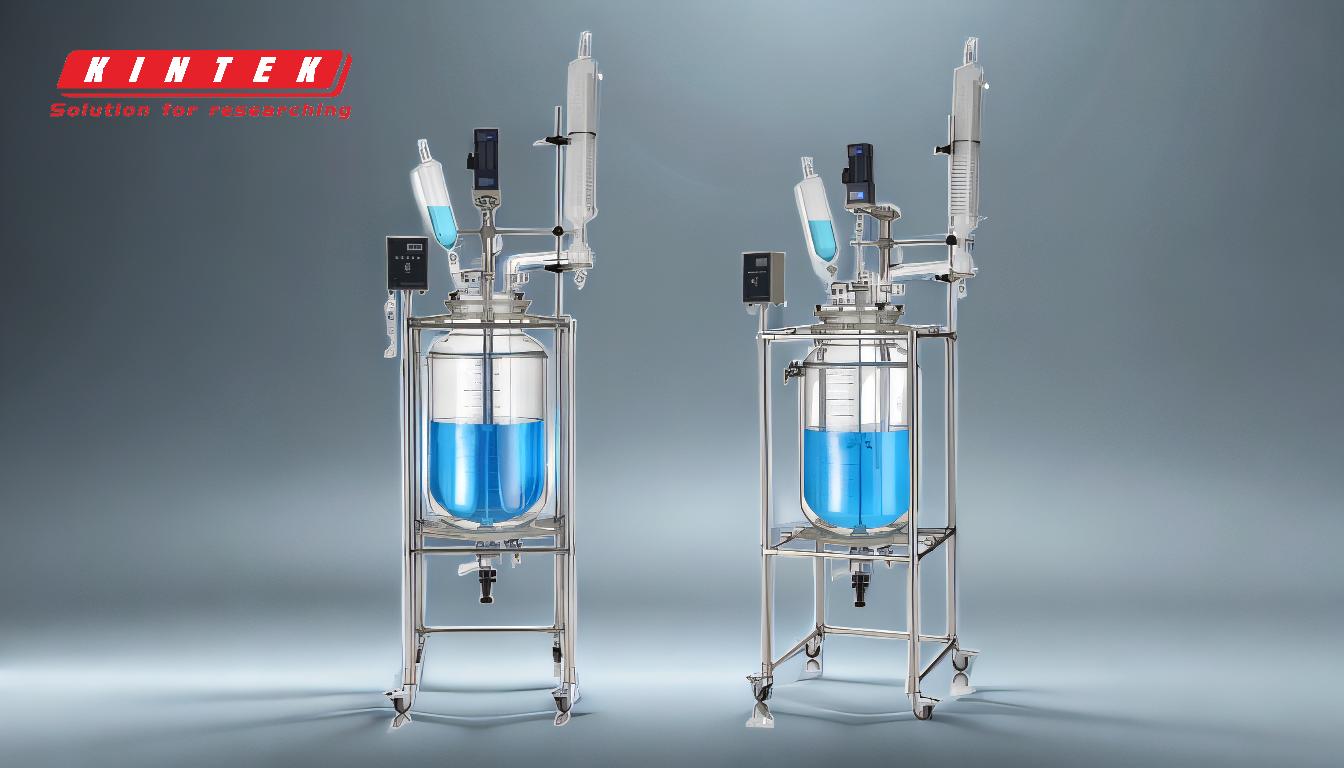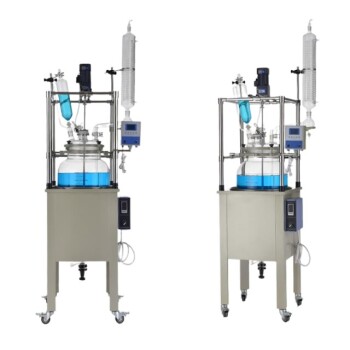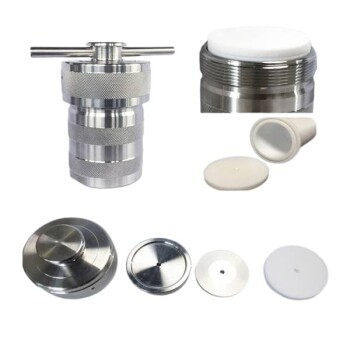A cooling jacket in a reactor is a critical component designed to regulate and control the temperature of the reaction occurring within the reactor. It is typically an external layer surrounding the reactor vessel, through which cooling liquids or heat transfer fluids flow. This mechanism prevents excessive heat buildup, which can accelerate the reaction rate and lead to unsafe conditions or unwanted byproducts. The cooling jacket collects heat energy from the outer surface of the reactor, ensuring the reaction remains within the desired temperature range. This system is essential for maintaining stability, safety, and efficiency in chemical processes.
Key Points Explained:

-
Definition and Purpose of a Cooling Jacket:
- A cooling jacket is an external layer or enclosure around a reactor vessel.
- Its primary purpose is to regulate and control the temperature of the reaction inside the reactor.
- It prevents excessive heat buildup, which can lead to uncontrolled reactions, safety hazards, or undesirable chemical outcomes.
-
How a Cooling Jacket Works:
- Cooling jackets utilize coils or channels in the exterior layer of the reactor.
- Cooling liquids or heat transfer fluids flow through these coils, absorbing heat energy from the reactor's outer surface.
- This process effectively removes excess heat, maintaining the reaction at a stable and controlled temperature.
-
Role in Temperature Regulation:
- The cooling jacket prevents the "upward spiral" of increasing temperatures, which can occur in exothermic reactions (reactions that release heat).
- By removing heat, it ensures the reaction rate remains within the desired range, preventing runaway reactions or excessive heat generation.
-
Types of Cooling Jackets:
- Jacketed Glass Reactors: Commonly used in laboratory settings, these reactors have a glass vessel with an external jacket. The jacket is filled with a heat transfer fluid for efficient temperature control.
- Jacketed Metal Reactors: These are used in industrial settings and are typically made of stainless steel or other durable materials. They are designed for larger-scale reactions and higher pressures.
-
Cooling Fluids and Heat Transfer:
- The cooling jacket is filled with a heat transfer fluid, such as water, glycol, or specialized cooling liquids.
- The choice of fluid depends on the required temperature range, reaction conditions, and safety considerations.
- The fluid circulates through the jacket, absorbing heat and carrying it away from the reactor.
-
Benefits of Using a Cooling Jacket:
- Temperature Control: Ensures the reaction remains within the optimal temperature range for desired outcomes.
- Safety: Prevents overheating, which can lead to explosions, fires, or hazardous chemical releases.
- Efficiency: Improves reaction efficiency by maintaining consistent conditions, reducing side reactions, and enhancing product yield.
-
Applications of Cooling Jackets:
- Cooling jackets are used in various industries, including pharmaceuticals, chemical manufacturing, food processing, and research laboratories.
- They are essential for processes that require precise temperature control, such as polymerization, crystallization, and distillation.
-
Design Considerations:
- The design of a cooling jacket depends on the reactor's size, material, and intended use.
- Factors such as heat transfer efficiency, fluid flow rate, and pressure resistance must be considered to ensure optimal performance.
By understanding the role and functionality of a cooling jacket, equipment and consumable purchasers can make informed decisions about selecting the right reactor system for their specific needs. Whether for laboratory research or industrial production, a well-designed cooling jacket is essential for safe, efficient, and controlled chemical reactions.
Summary Table:
| Aspect | Details |
|---|---|
| Purpose | Regulates and controls reactor temperature to prevent overheating. |
| Function | Uses cooling liquids/fluids to absorb heat from the reactor's outer surface. |
| Types | Jacketed Glass Reactors (lab use) and Jacketed Metal Reactors (industrial). |
| Benefits | Ensures temperature control, safety, and reaction efficiency. |
| Applications | Pharmaceuticals, chemical manufacturing, food processing, and labs. |
| Design Considerations | Size, material, heat transfer efficiency, fluid flow rate, and pressure. |
Need a reactor with a reliable cooling jacket? Contact our experts today to find the perfect solution for your needs!


















